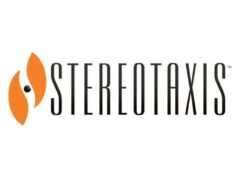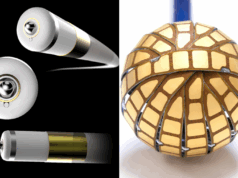Stereotaxis has announced that Takatsuki General Hospital, a leading acute care institution near Osaka, Japan, has reached the milestone of treating 120 patients using the company’s Niobe remote magnetic navigation system. This milestone completes the required patient enrolment for the Niobe system’s post-market surveillance in Japan.
Reviewed by Japan’s Pharmaceutical and Medical Devices Agency (PMDA), the post-market surveillance is used to monitor the safety and effectiveness of medical devices once they are on the market. Upon completion of six-month patient follow-up, Stereotaxis and its local representatives will submit final study data to the PMDA to satisfy all post-market surveillance requirements.
Stereotaxis gained market entry of the Niobe system in Japan in 2013. Takatsuki General Hospital represents the first installed Niobe lab in Japan, performing initial procedures in July 2015. Led by Kohei Yamashiro, the hospital has adopted magnetic navigation as its key treatment option for complex cardiac arrhythmias, citing its increased safety and catheter precision as integral benefits, and has performed case demonstrations to visiting physicians and executives from many Japanese hospitals interested in magnetic navigation. Yamashiro has also been invited to present his clinical experience on magnetic navigation at several scientific conferences for electrophysiology, most recently at Japan Circulation Society on 20 March.
“Successful ablation requires precise catheter positioning, often in complex heart chamber anatomy,” says Yamashiro. “With the Niobe system’s computer-aided, magnetic catheter guidance, we have achieved precise steering for more accurate lesions and greater safety, as well as reduced radiation exposure to both patients and physicians. Our first 120 patients have realised outstanding acute success in the treatment of their arrhythmias, without any major complications.”









